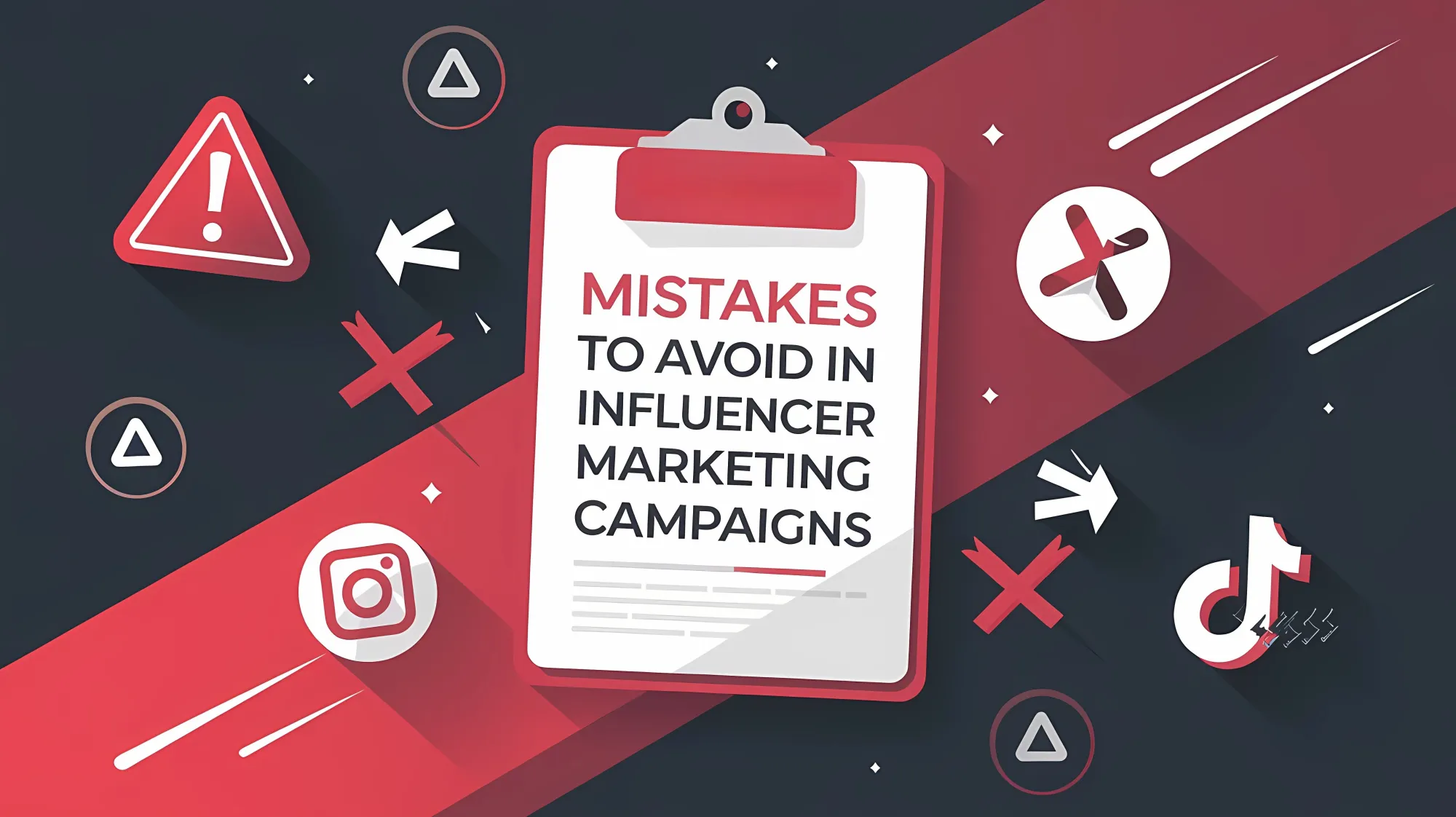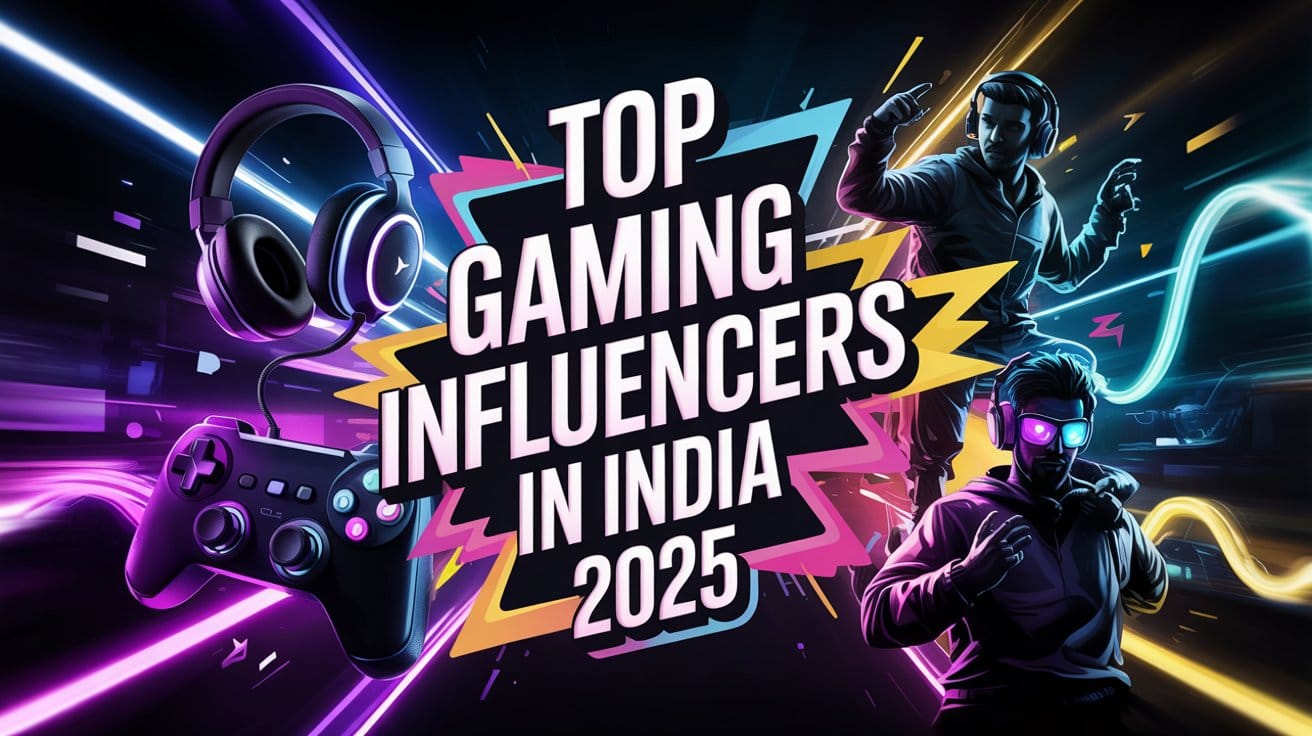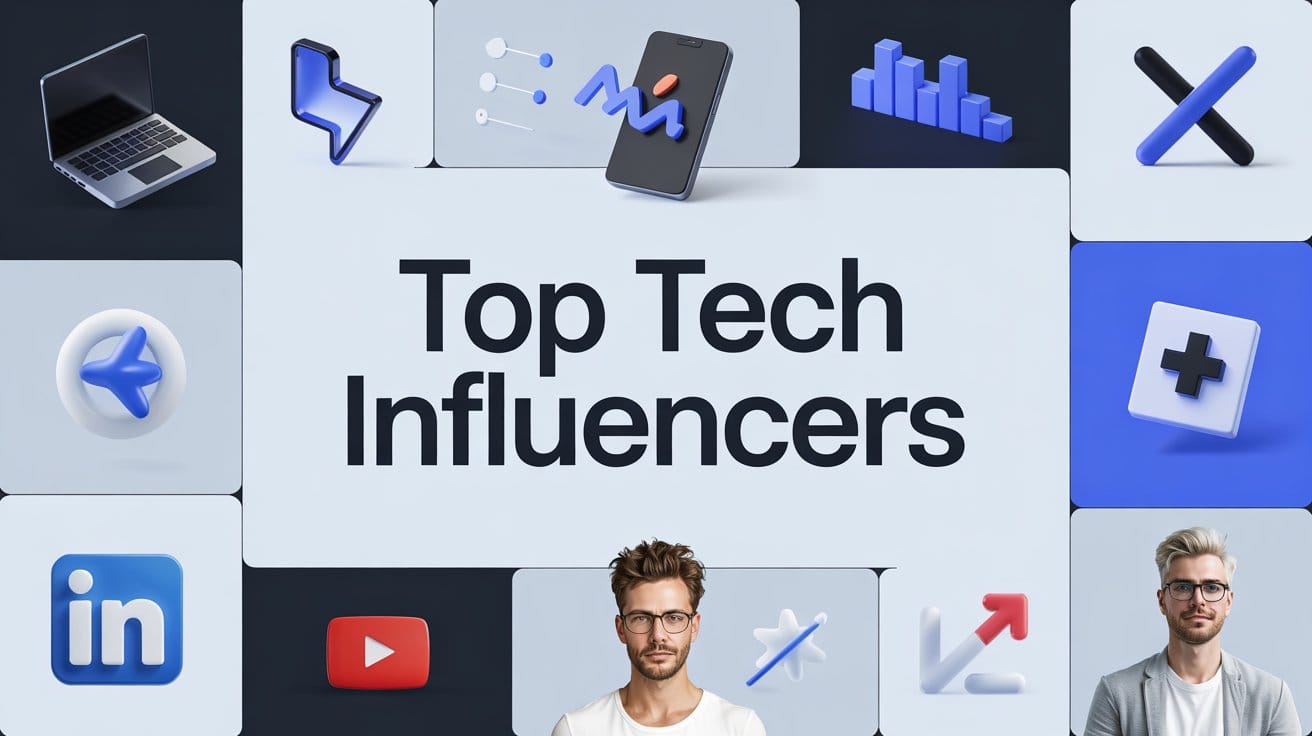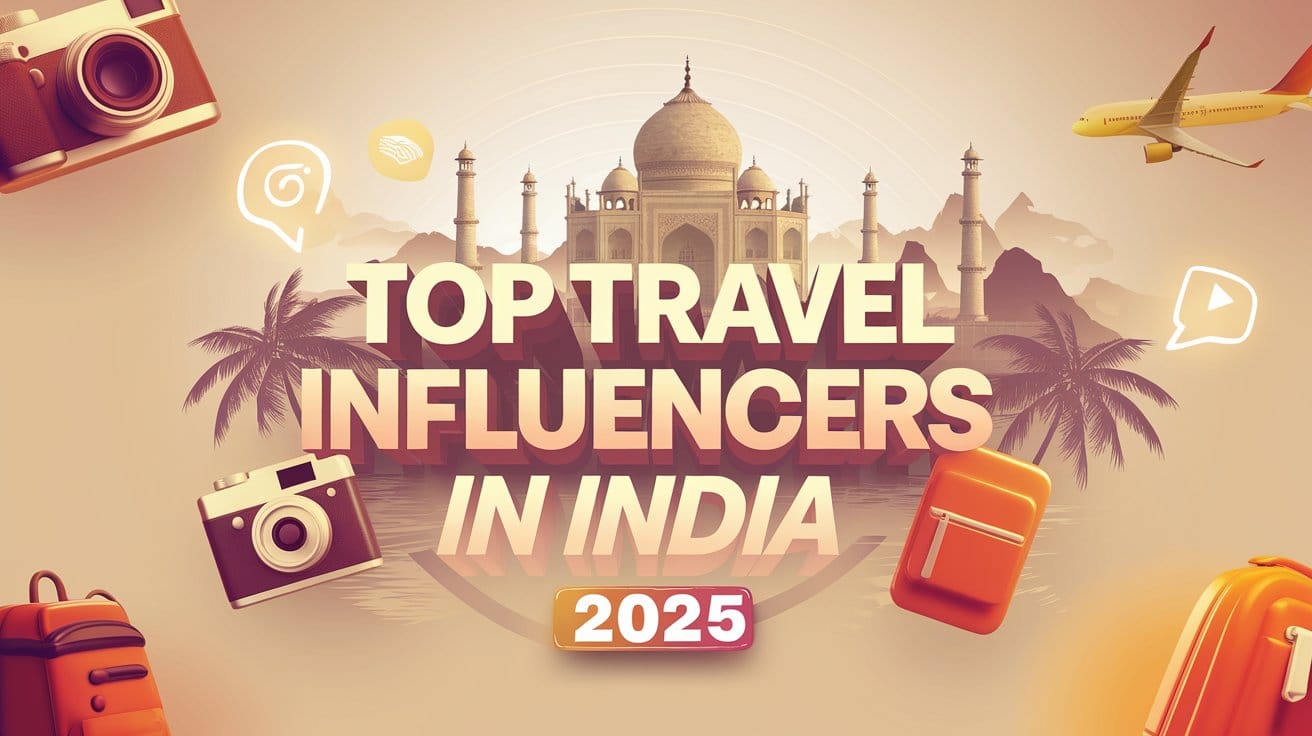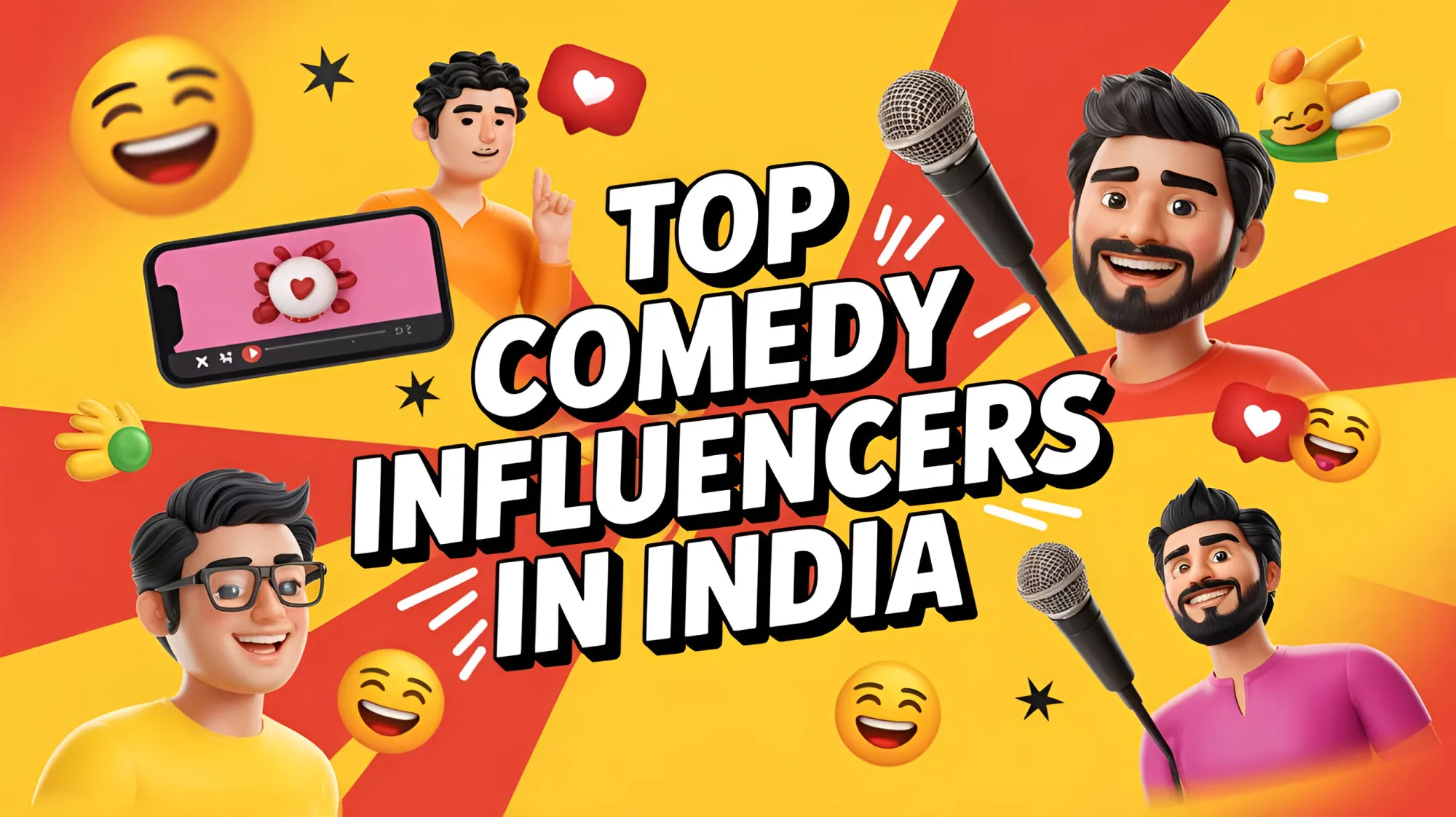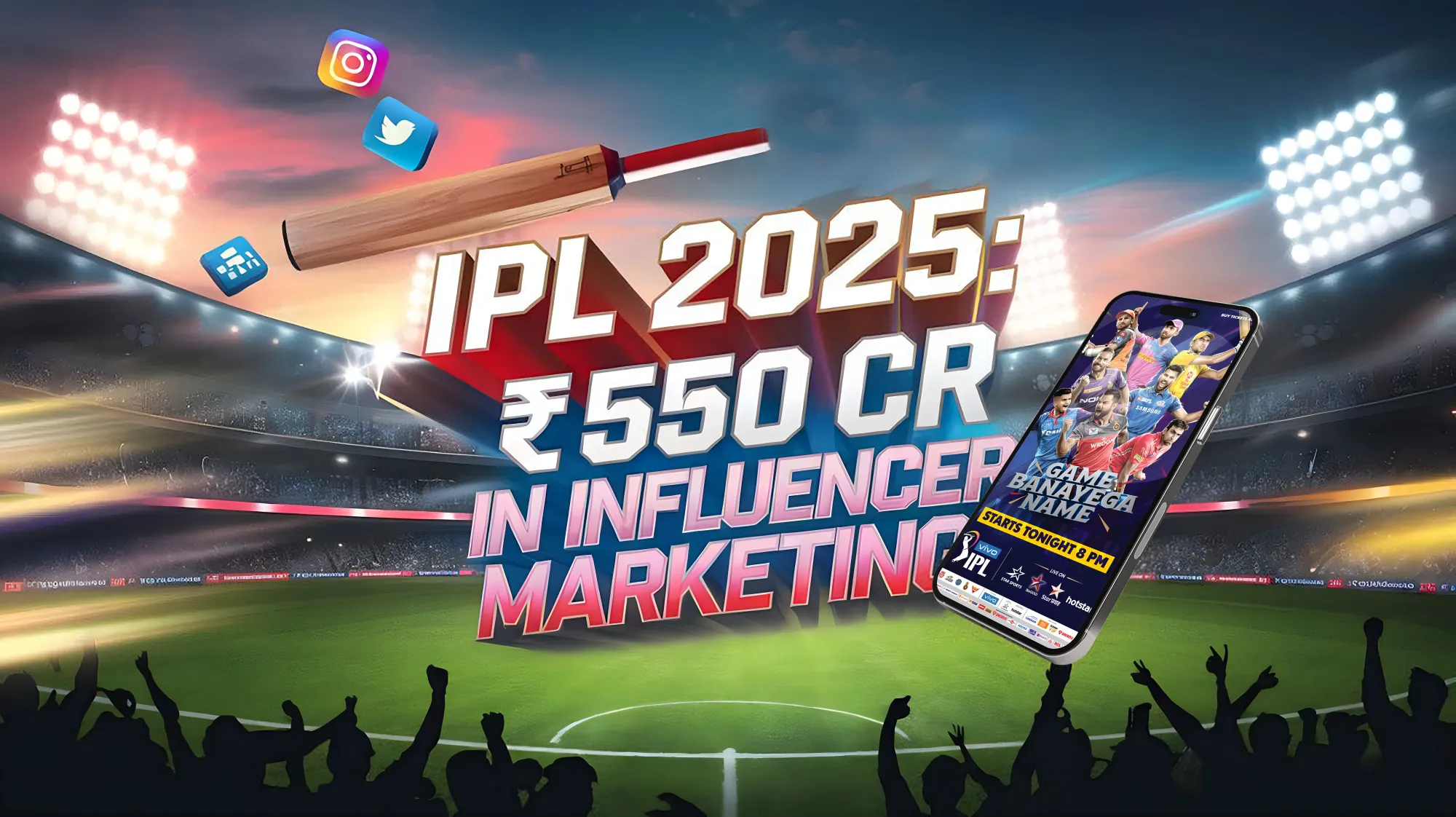Influencer marketing can be an absolute game-changer for your brand, helping you reach a targeted audience, drive engagement, and boost sales. But here’s the thing: the biggest mistakes in influencer marketing can cost you big if you’re not careful. Avoiding these common pitfalls will ensure your campaign isn’t just another drop in the ocean but a wave that makes a real impact. 🌊 Let’s dive into the most frequent mistakes brands make and how to sidestep them to get the best return on your influencer investment.
1. Not Defining Clear Goals 🎯
One of the top influencer marketing mistakes is diving in without clear goals. Think about it—would you start a journey without knowing where you’re headed? When brands jump into influencer partnerships without specific, measurable objectives, they often struggle to measure success and understand the ROI.
Steer Clear Tip: Before anything else, outline exactly what you want to achieve, whether it’s:
✅ Increasing brand awareness
✅ Driving website traffic
✅ Boosting conversions
When your goals are solid, you’ll have a clear path for picking the right influencers and metrics, ensuring each part of the campaign aligns with your purpose.
2. Choosing Influencers Based Solely on Follower Count 👥
One of the biggest mistakes in influencer marketing is selecting influencers based only on their follower count. It’s tempting to go for big numbers, but a large following doesn’t always equal real influence. An influencer with a million followers may not drive the same engagement as one with 10,000 fiercely loyal fans.
Better Approach: Don’t just look at the numbers; dig deeper. Evaluate influencers based on:
📊 Engagement rates
🎯 Audience demographics
🤝 Alignment with your brand values
When you choose the right influencer for your brand, you’re setting yourself up to connect with an audience that genuinely resonates with your message. This is where the magic happens. ✨
3. Ignoring Micro-Influencers 🚀
Skipping over micro-influencers could mean missing out on some of the best engagement opportunities. Micro-influencers (with 1,000 to 100,000 followers) often have a more engaged audience and a loyal fanbase. They may not have a massive reach, but their followers trust their recommendations, which often leads to stronger results.
Pro Tip: Include micro-influencers in your strategy. They bring authentic engagement and connect deeply with their followers, which can drive conversions. A balance of macro- and micro-influencers can give you both reach and impact.
4. Running Only One-Time Campaigns ⏳
Many brands make the mistake of focusing on one-off influencer collaborations. Quick, one-time campaigns can generate a temporary buzz, but they don’t typically build long-term loyalty or brand recognition. For real results, you need consistency.
Long Game Strategy: Think long-term. Partner with influencers who genuinely like your brand and want to work with you over time. When influencers mention your brand repeatedly, it builds authenticity and makes a lasting impression. Avoid one-time campaigns and invest in partnerships that let influencers connect their followers to your brand over the long haul.
5. Micromanaging Influencer Content 🎬
Controlling every detail of an influencer’s content might sound like a smart idea, but it often backfires. Influencers know what resonates with their followers, and over-directing their content makes it feel forced. One of the risks of influencer marketing is losing authenticity by trying to control every aspect.
Let Them Shine: Provide basic guidelines, but trust the influencer’s style. Allow them to:
✔️ Bring your brand to life in their own way
✔️ Speak in their unique voice
When influencers have creative freedom, the content comes across as genuine, which is what engages their followers. Remember, authenticity trumps perfection.
6. Neglecting to Track Key Metrics 📊
Imagine running a campaign and then... nothing. No tracking, no idea what worked and what didn’t. This is one of the main reasons why influencer campaigns fail. Without performance tracking, you’re essentially guessing whether your campaign was successful.
Track to Win: Identify KPIs to track in influencer marketing campaigns based on your goals:
📢 For awareness: Reach and impressions
💬 For engagement: Likes, comments, and shares
💰 For conversions: Sales and sign-ups
Keeping an eye on these metrics ensures you’re not shooting in the dark and lets you adjust your strategy as needed.
7. Overlooking Authenticity ❤️
In influencer marketing, authenticity is everything. Partnering with influencers who don’t genuinely care about your brand can make their followers feel disconnected, leading to low engagement and distrust. Audiences today can sense inauthenticity instantly.
Authenticity Wins: Pick influencers who:
✔️ Naturally connect with your brand
✔️ Genuinely like your products
When influencers truly believe in what they’re promoting, their followers feel it too. This leads to stronger, more organic engagement.
8. Not Using Tracking Links and Promo Codes 🔗
Skipping tracking links and promo codes is like trying to measure success with a blindfold on. These tools are invaluable for monitoring performance, but many brands still overlook them, making it hard to track conversions or assess how well your influencer campaign is performing.
Track Every Step: Use unique tracking links and promo codes for each influencer. They allow you to monitor:
🔍 Clicks
🛍️ Purchases
📝 Sign-ups
With these tools, you’ll know exactly which influencers are making the biggest impact, so you can optimize future campaigns.
9. Failing to Set a Realistic Budget 💰
One common error in influencer marketing is underestimating the budget required for a successful campaign. Influencer marketing is an investment, and cutting corners can lead to poor-quality content and missed opportunities with high-potential influencers.
Plan Wisely: Create a realistic budget that matches your:
🎯 Campaign goals
📈 Expected returns
Investing in the right influencers and resources will yield higher-quality results and allow you to test different approaches. Remember, influencer marketing is a growth strategy, so make sure your budget reflects that.
10. Expecting Immediate Results ⏳
Expecting instant results from an influencer campaign is one of the most common influencer marketing mistakes. Building trust and connection takes time, and results may not be immediate. If you pull the plug too soon, you may never see the campaign’s true impact.
Patience Pays Off: Give your campaign time to develop momentum. Results from influencer marketing can take:
🗓️ A few weeks to establish awareness
📊 A few months to see full engagement
Monitor the progress, but be patient. Influencer marketing is all about creating lasting impressions.
How to Avoid Fake Influencers 🚨
One of the risks of influencer marketing is partnering with fake influencers who have inflated their follower counts with bots or fake engagement. These partnerships waste resources and can damage your brand if they’re not identified early.
Do Your Homework: Before committing, do a background check. Use tools like:
🔎 Social Blade
📊 HypeAuditor
These tools can help you spot sudden follower spikes and irregular engagement patterns, which are red flags. Authentic influencers will provide real results, so take the time to verify their credibility.
Conclusion
Influencer marketing offers incredible potential, but knowing how to avoid common influencer marketing mistakes is crucial for success. By setting clear goals, selecting the right influencers, tracking performance, and fostering authenticity, you’ll get the most out of your campaign.
Avoid these pitfalls, and you’ll be well on your way to building meaningful partnerships, increasing brand visibility, and driving real results. The secret to influencer marketing success lies in strategic planning, genuine connections, and learning from every experience. 🚀
Searching for the best influencer marketing agency in India? Fame Keeda has helped top brands drive engagement and ROI with powerful influencer strategies. Your success story starts here!
FAQ
What is a major problem with influencer marketing from a brand's perspective?
A key issue is ensuring authenticity, as some influencers may lack genuine connections with their audience, leading to lower engagement. Brands risk spending on influencers who don’t deliver real impact.
Why does influencer marketing fail?
Influencer marketing often fails due to unclear goals or misaligned partnerships. Without a solid strategy, brands struggle to see meaningful results.
How can I tell if an influencer's audience is real or fake?
Use analytics tools like Social Blade or HypeAuditor to check for sudden follower spikes or unusual engagement patterns. Consistent, organic growth typically indicates an authentic following.
How do I measure the long-term impact of influencer marketing?
Track metrics such as repeat purchase rates, customer lifetime value, and ongoing brand mentions. These indicators reveal how well influencer-driven engagement translates to sustained brand loyalty.



